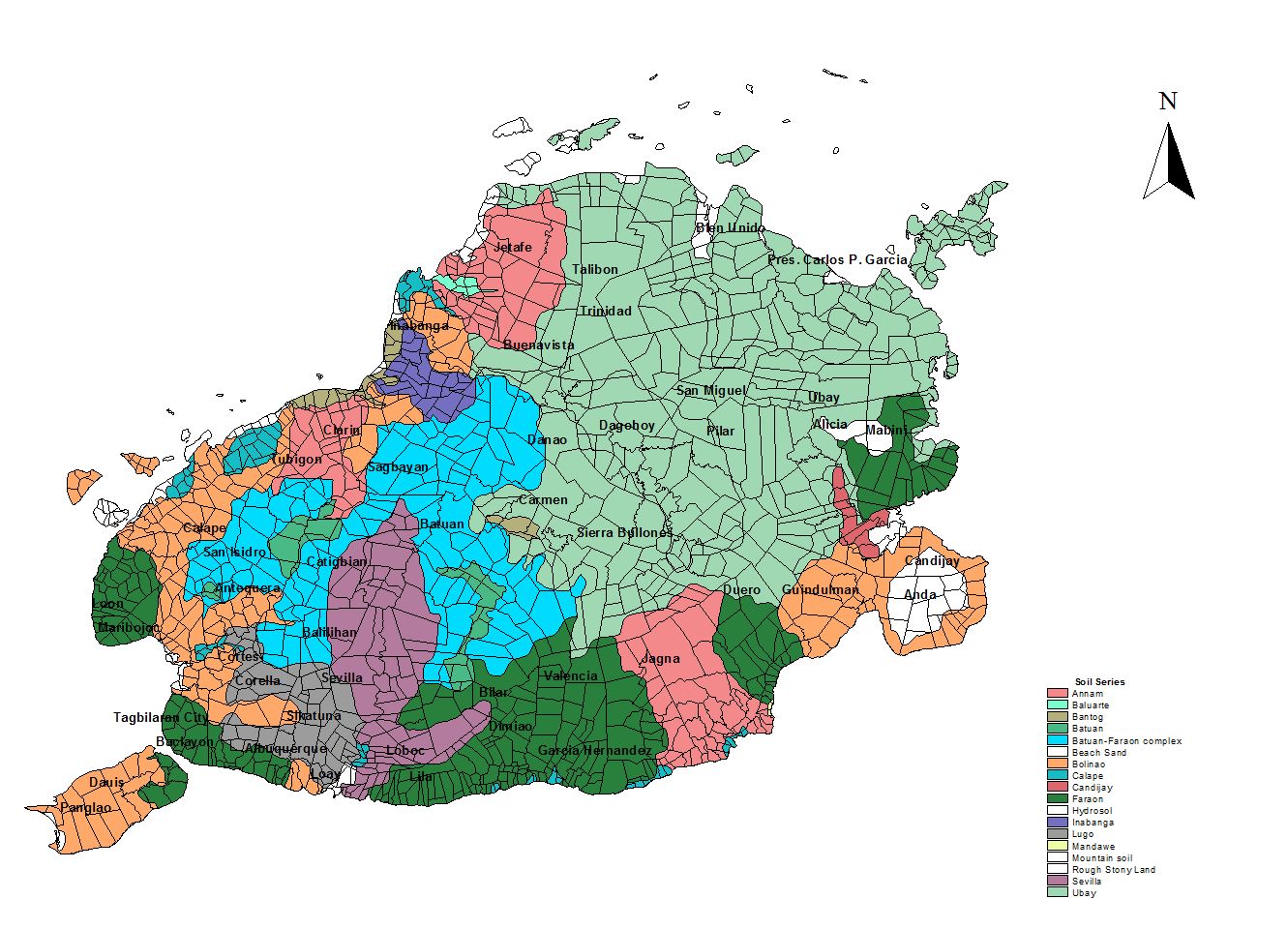
Bohol Province

Brief Description
Bohol is the tenth largest island in the Philippines It is one of the bigger islands in the Visayasthe group of islands in the center of the Philippines Bohol is together with 72 small islands around the main island an island province of 4117 square kilometer Agriculture together with the tourism are the two dominating economic sectors of the main island Bohol For tourists who make a tour through the country Bohol has three main attractions These are the tropical forest the smallest monkey in the world and the Chocolate Hills For sun sea and beach lovers there are a lot of possibilities for snorkeling diving in the unpolluted waters and relaxing on the splendid beaches on some of the surrounding small islands The Bohol province forms absolutely one of the places to stay for a longer period
| Geography | Bohol is the tenth largest island of the Philippines and lies in the middle of the Visayas Bohol is surrounded by other islands on all sides and is thus shielded from the typhoons that often occur in the region as well as from the heaviest rains Bohol is separated from Mindanao by the Bohol sea in the South and the island of Leyte by the Canigao Channel in the East The Comotes sea in the North separates Bohol from the Camotes Islands and the Bohol Strait separates it from Cebu |
| Region | Region VII |
| Capital | Tagbilaran City |
| Barangay | 1109 |
| Component Cities | Tagbilaran City |
| Municipalities | Alburquerque, Alicia, Anda, Antequera, Baclayon, Balilihan, Batuan, Bien Unido, Bilar, Buenavista, Calape, Candijay, Carmen, Corella, Catigbian, Clarin, Cortes, Dagohoy, Danao, Dauis, Dimiao, Duero, Garcia Hernandez, Getafe (Jetafe), Guindulman, Inabanga, Jagna, Lila, Loay, Loboc, Loon, Mabini, Maribojoc, Panglao, Panglao, Panglao, Pilar, Pres. Carlos P. Garcia, Sagbayan, San Isidro, San Miguel, Sevilla, Sierra Bullones, Sikatuna, Tagbilaran, Talibon, Trinidad, Tubigon, Ubay, Valencia |
| Land Area | 4,820.95 |
| Population | 1,255,128 |
| Climate | From November to April the northeast monsoon amihan prevails Except for a rare shower this is the mildest time of the year Daytime temperatures average 28C 82F cooling at night to around 25C 77F The summer season from May to July brings higher temperatures and very humid days From August to October is the southwest monsoon habagat The weather during this season is not very predictable with weeks of calm weather alternating with rainy days It can rain any day of the year but a higher chance of heavy showers occurs from November to January |
| Coordinates | 953N 12413E |
| All ecosystem (2015) | |||
|---|---|---|---|
| January - June (mt) | 112,486.00 | July - December (mt) | 140,330.00 |
| Irrigated (2015) | |||
| January - June (mt) | 61,624.00 | July - December (mt) | 83,977.00 |
| Lowland rainfed (2015) | |||
| January - June (mt) | 50,862.00 | July - December (mt) | 56,332.00 |
| Upland (2015) | |||
| January - June (mt) | 0.00 | July - December (mt) | 21.00 |
